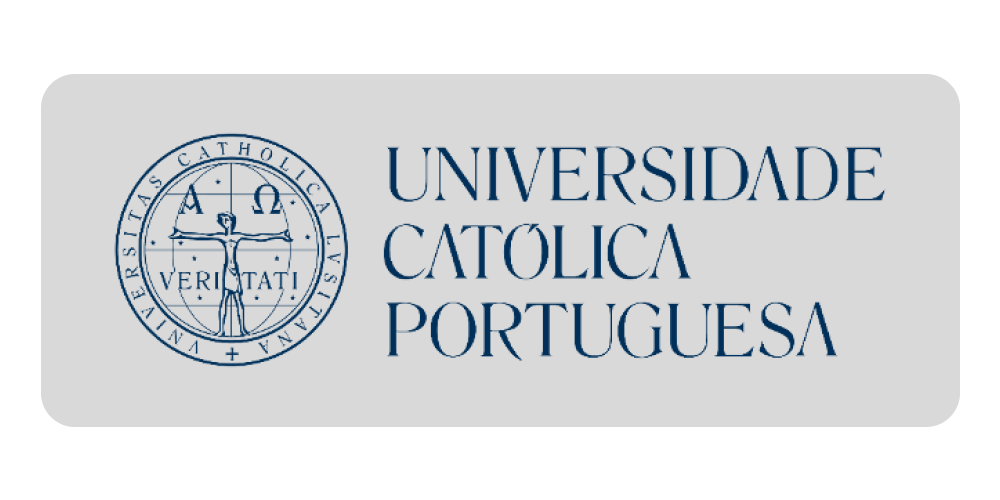'Croatian Ethnological Society'
Peripheral City-Text. Street Names and Monuments in Dubrava (Zagreb) – a Semiotic Perspective
2017
Croatian
Gradski tekst, shvaćen semiotički, jest znakovna struktura sa složenim socijalno-komunikativnim funkcijama i kodovima koji omogućuju komunikaciju između pošiljatelja i primatelja poruke, odnosno između javnosti i njezine kulturne tradicije. Tekstualno tumačenje ukupnosti imena ulica i spomenika zasniva se na zajedničkim karakteristikama grada i pisanoga teksta: to su znakovne cjeline u kojima se fiksiraju odnosno objektiviraju značenja, oni reprezentiraju kontekste u kojima su nastali te su podložni različitim interpretacijama. U ovom se članku istražuju načini na koje ideologija prožima prostorno-simboličke krajolike grada. Pritom se središtu grada (kao "najvidljivijemu prostoru") suprotstavlja gradska periferija, u ovom slučaju zagrebačka Dubrava, koja ima osobitu aksiološko-simboličku organizaciju.In a semiotic sense, the city-text is a symbolic structure with complex social and communicative functions and codes that enable communication between the sender and the recipient of the message, i.e. between the public and its cultural tradition. The textual interpretation of all street names and monuments in a certain area is based on the common characteristics of the city and the written text: these are symbolic entities with fixed, i.e. objectified meanings; they represent the contexts in which they originated, and they are subject to different interpretations. This article explores the ways in which ideology is interwoven into the spatial-symbolic landscapes of the city. The city\u27s periphery, in this case Dubrava – which has a special axiological-symbolic organization – forms an opposition with the city centre (as the "most visible space")
'Croatian Ethnological Society'
Peripheral City-Text. Street Names and Monuments in Dubrava (Zagreb) – a Semiotic Perspective
Gradski tekst, shvaćen semiotički, jest znakovna struktura sa složenim socijalno-komunikativnim funkcijama i kodovima koji omogućuju komunikaciju između pošiljatelja i primatelja poruke, odnosno između javnosti i njezine kulturne tradicije. Tekstualno tumačenje ukupnosti imena ulica i spomenika zasniva se na zajedničkim karakteristikama grada i pisanoga teksta: to su znakovne cjeline u kojima se fiksiraju odnosno objektiviraju značenja, oni reprezentiraju kontekste u kojima su nastali te su podložni...
Preuzmite dokument
Croatian
2017
 Ivana Crljenko
,
Laura Šakaja
Ivana Crljenko
,
Laura Šakaja






